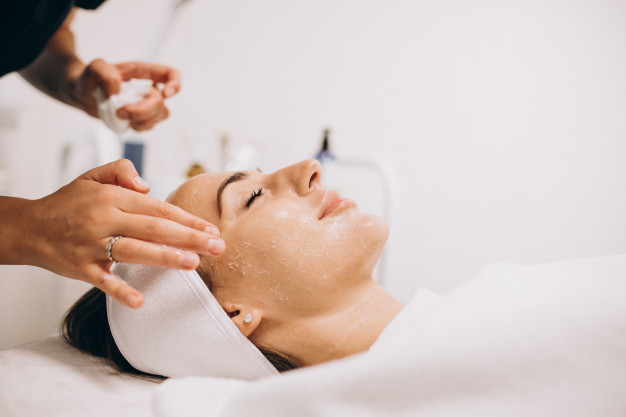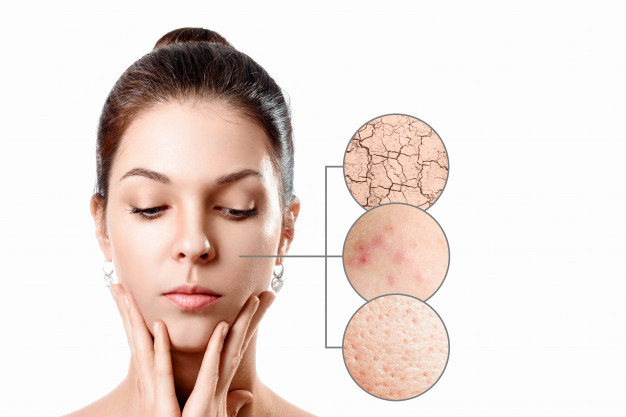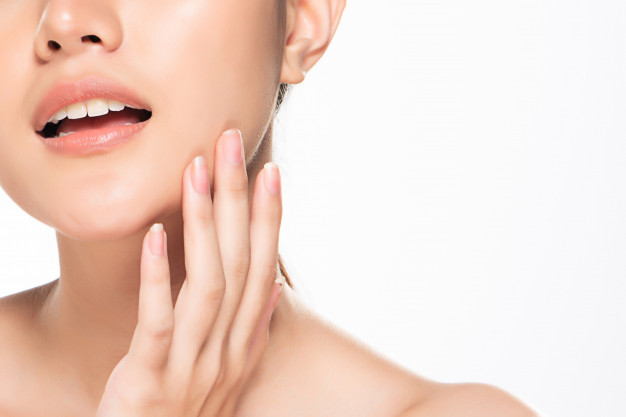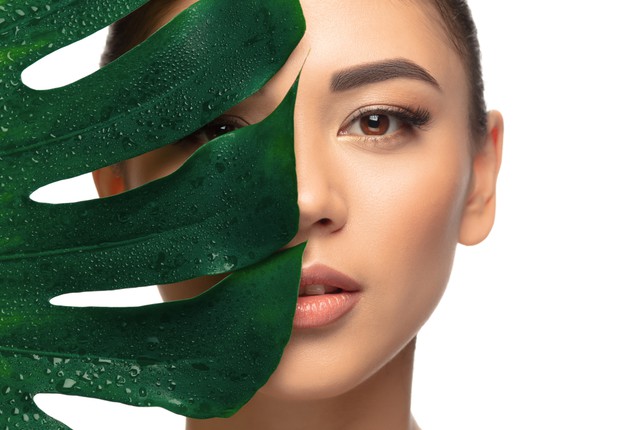The secret to good-looking skin is quite simple: always use the right moisturizer according to your age, according to the type of skin. The experts at Look Lovely London explain what you should take into account to choose well.
- Skin type
- Hydration
- Antioxidants
Body moisturizer is a staple in any beauty routine, but it is also one of the products that we most “forget” to apply, probably out of laziness. And it shouldn’t be that way because it doesn’t just hydrate, it also reinforces the protective layer (hydrolipidic mantle) that deteriorates with showers and age.
When used, the skin is protected and is more resistant to environmental aggressions. It prevents flaking because it helps maintain the cohesion of the cells of the dermal layer. It is also useful for:
- Filling in wrinkles. The water retained inside the epidermis “pushes” the furrow of the wrinkles upwards and these are blurred. The skin is immediately smoother and rejuvenated.
- Improving texture. If the skin is hydrated it is more elastic and soft to the touch.
Does My Skin Need A Moisturizer?

You may think that you only have to put it on if your skin is rough, but it is not so. The ideal is to use it daily because not only does it leave skin smooth, it is also a great shield against contamination, protecting it from ageing and skin infections.
Boost Your Benefits

Exfoliate every 7 days. In this way, you remove dead cells that give a dull appearance and help the penetration of the cream. Exfoliate under the shower, focusing on rough areas (heels, elbows and knees), although with gentle gestures.
After showering, don’t dry off completely. If you apply the body moisturizer with slightly wet skin, you will notice that it is absorbed much better and, therefore, is more effective.
If you are in a rush in the morning. Use a body conditioner in the shower. This type of product is applied to wet skin and rinsed to remove excess before towelling off.
What Do The Body Creams Contain?

Knowing the usual ingredients is key to choosing the one that suits you:
- Humectants (glycerin, sorbitol) capture water from the environment and deposit it in the upper layer of the epidermis. They are found in both inexpensive and high-end moisturizers.
- Active moisturizers such as urea, natural hydration factor, collagen, and hyaluronic acid act on the lower layers of the epidermis to retain water on their own.
- Hydrolipidic mantle repairers (allantoin, ceramides) are essential for dry and reactive skin.
- Butters and waxes like shea nourish thoroughly. You don’t find them in mists and foams, only in creams.
- Soothing active ingredients (oatmeal) for sensitive skin.
What Your Skin Needs Before 40

Objective: that it does not lose smoothness. At this age, the skin is usually in good condition. It’s about keeping it that way. Now you have to preserve the natural hydration that your skin already has.
If you do not have dermatological problems or premature ageing due to the sun (then you would need more specific treatments), the daily use of a body moisturizer ensures that skin remains in perfect condition: elastic and soft.
Light Textured Moisturizers
There is a great variety of “body milks”, with different consistencies. So choose yours based on the condition of your skin and your personal tastes.
- Mist and foam. In spray format and immediate absorption (because they contain the minimum amount of fat), they allow you to get dressed instantly. They are very practical in summer.
- Milk. It is good for all skin types. The gel version is more refreshing.
Sensitive Skin? Avoid Irritations And Allergies

No sun, but with a touch of colour. For a beautiful tan without stepping on the beach, use a self-tanning moisturizing lotion.
Spread it on clean, dry skin, and when you’re done, wash your hands well. Wait 30 minutes before dressing to allow enough time for it to absorb.
From 45 Years On
Objective: hydrate and (also) nourish. At this stage, and especially since menopause, the dryness becomes more acute.
The Ways To Avoid And Eliminate Skin Fungus

The dermis loses the ability to retain water and the sebaceous glands manufacture less sebum, which lowers its natural protective barrier.
Better To Use A Global Anti-Aging Cream
Simple hydrating “body-milk” is insufficient for your skin. You need more complete formulations that not only prevent water loss but also nourish and firm.
Look for active ingredients of proven efficacy such as vegetable oils that provide lipids, and retinol, soy, peptides or silicon to give tone. Of course, the classic moisturizers (glycerin and urea) are also necessary.
When and how you apply it matters. Creams that are only moisturizing can be applied at any time of the day, but formulas that are also firming gain effectiveness if you use them at night, just when the skin takes advantage to repair itself.
Firming Night Massage

On arms and legs, apply the cream with a massage making upward passes. On your belly, make circular movements in a clockwise direction.
If Your Skin Is Very Dry
With very dry skin, you can take better care of it:
- Creams and butters. For extra-dry skin, creams are the best option for the most extensive areas. On the other hand, butters are ideal for hard areas such as heels, elbows and knees.
- Enrich with oils. Before applying it, mix the cream with a few drops of your favourite oil (argan, rosehip, etc.) in the palm of your hand.
- Extra dose on the legs. The skin on your legs has fewer sebaceous glands, so it needs more of the product.
Take Care Of The Skin From Within

Try using drinkable ampoules of collagen and hyaluronic acid, and capsules with fish oils. Hydration is also enhanced from within. The cream and supplement duo is a valid option if your skin is very dry.
Before taking anything, consult a specialist to prescribe the most appropriate treatment options in your case.

